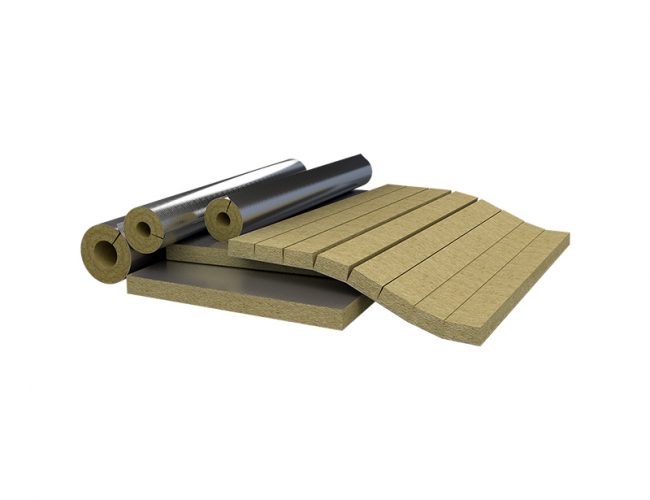When you look at building designs today, a very important component of the entire process is sound treatment. Considering factors that can help in reducing or eliminating any kind of disturbance that is acoustic in nature or enhancing the sound quality of the room is something that has become a key consideration. Using insulation materials from Rockwool insulation, you can come up with the best plan for making sure that you have done effective sound treatment for your building.
One of the most important components that contributes to this design consideration is acoustic floor insulation – and in order to make sure that it is effectively done there are certain things that need to be paid attention to. Let's begin with understanding what happens to noise and why it needs insulation. Generally, any noise that is produced ends up being absorbed, reflected or transmitted by the components of your building. Of course, these components can be localised, that is the insulation can happen for a room, or it can be done for the entire building.
When you are using insulation products like Rockwool rwa45 acoustic insulation slab, generally the aim of doing so is achieving twofold benefits, firstly would be to make sure that there is no transmission of sound, be it room to room or floor to floor. Secondly, you want to make sure that there is lesser background noise in the room, which means that the room that is insulated has a better quality of speech or even music in it. Hence, when you use products like Rockwool rwa45 100mm for your acoustic flooring, you are able to achieve your goals in an efficient manner.
Coming to the topic at hand, regarding acoustic flooring, the differentiating marker to realise is that while getting your ceilings and walls treated for acoustic insulation, you will manage to reduce any sort of sound transmission between rooms - acoustic flooring is most useful in making sure that there is no sound transition happening from one floor to the other. Thus, when you use insulation products like Rockwool Flexi for both ceiling and walls along with flooring, you will be able to create an impeccable environment acoustically for your building, be residential or commercial.
Now Let's Talk About, The Kind of Noises That Your Acoustic Floor Insulation Can Help Out With:
Generalising it, one can understand that acoustic flooring generally is going to help you out with a reduction in transmission of two kinds of noise:
- Impact Noise: A wide variety of surrounding sounds can end up being transported to a building. It could be foot traffic, equipment, carts etc. The sound that is generated from all these, can end up being transmitted into the building through its structure and then distorted sounds that can end up disturbing the residents, workers or guests. Using materials like rwa45 50mm for designing your acoustic flooring, can you help in the installation of any sort of impact noise, and also making sure that it is not transmitted from your flooring to any room below.
Generally, the effectiveness of acoustic flooring is measured by the impact insulation class or ICC - the higher the ICC, the acoustic floor insulation is, hence, using the right materials like those provided by Rockwool insulation are your best way forward. If you want to know more about how a material is given its ICC rating, it is generally done by using an equipment called ‘hammer machine’ that will be used on the floor above and its sound in decibels is going to be measured in the floor below. Other materials such as carpet pads, floating floors, in conjunction with materials like Rockwool rwa45 can help in improving the ICC rating of the flooring done in quite a significant manner.
- Airborne Noise: When you talk about airborne noise, it generally emanates from people and things like speakers instruments. Much like impact noise, airborne noise generally can be transmitted through your flooring and move to other parts of your building. When using insulation materials like Rockwool Flexi and wondering about how you can assess whether it is a good material or not, there is a metric much like that for impact noise that can help you in doing so.
The measurement used is known as sound transmission class or STC. Delving deeper into what STC means, it is a rating that will generally measure the transmission loss of a sound when travelling between two rooms. Measured between 125 Hz to 5000 Hz across almost 16 frequencies, if you simplify this, it is to say that the ability of a material like rwa45 100mm to absorb any airborne noise which would help in stopping its transmission, can be measured in STC.
Now coming to the actual point at hand, regarding investing in acoustic floor insulation, one must realise that both the metrics that are mentioned above are quite important when it comes to comparing materials such as Rockwool rwa45 100mm Wickes. When you are trying to choose the right kind of underlayment as well as final flooring for the building, you can choose the best pick on the basis of the application that is needed and of course, one has to realise that acoustic insulation is really not the only metric you will consider for choosing what kind of flooring you need for your building.
There are a lot of materials that can supplement your choice of insulation material such as Rockwool 100mm slab, your flooring contractor will generally be able to guide you regarding how you can work with a lot of materials in conjunction to get the best outcome. Since there is nothing such as one material fits all - once you have made the right choice and cut out on the impact noise and airborne noise of your building, you are going to be left with optimum acoustics that is going to be perfect for those living and working there.









